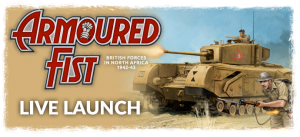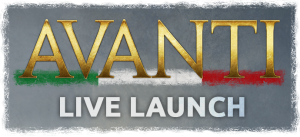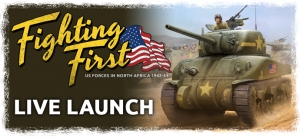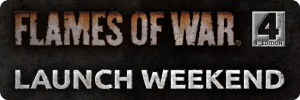with Mike Haught
The centerpiece battle in Iron Cross is Stalingrad. This battle is accurately characterized as an infantryman’s fight, with over 15 German and 25 Soviet infantry divisions present. The difficult terrain of city fighting kept tanks and assault guns in a supporting role, leaving the heavy lifting to the foot soldiers. Within all of these infantry divisions there was also a lot of variety, with specialist troops on both sides brought in to deal with the challenges of urban fighting.
The infantry formation options in Iron Cross and its command card deck give you lots of options to explore the variety of infantry forces fighting in Stalingrad and across the whole Eastern Front. Let’s have a look at the grenadiers in Iron Cross.
Infantry Formations from Iron Cross
Iron Cross features three infantry formations: motorised infantry that would become panzergrenadiers, the regular infantry known later as grenadiers, and the lethal troops of the assault pioneer battalions. These three forces set the standard for the bulk of German infantry forces in Stalingrad, but there were more… lots more!
Infantry Formations from Command Cards
To cover as many infantry variants as possible, we’ve added several new command cards that converts your standard Grenadier company into a special unit. You can easily change the flavour of your units just by using one of these cards and adding or removing a few small things here and there. Each variant has its own set of advantages and challenges to explore, giving you many hours of entertainment.
Croatian Rifle Company
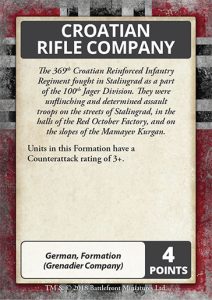
The German pioneers spoke highly of the Croatians, noting their steadfast determination to finish their assaults. This gives the Units of your Grenadier formation a better Counterattack rating, going from the usual 4+ to a 3+ to continue fighting assault combat.
Fast Company
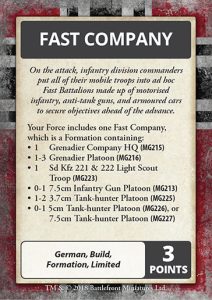
The Fast Company command card lets you create one of these vanguard units. You will have some infantry and armoured cars to race ahead and secure the objective as well as a high concentration of anti-tank guns, including the formidable 7.5cm PaK40. If you pair this card with the Softskin Transport upgrade card for your foot-mounted troops, you will have tremendous mobility to grab the best ground on the battlefield well ahead of slower enemy infantry.
Gebirgsjager Company
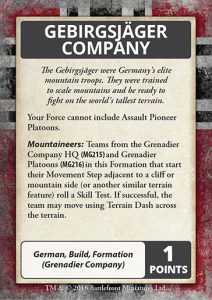
Gebirgsjäger give up their heavy equipment in order to free up their supply lines and make it easier to get into battle. To that end, they replaced the typical 10.5cm artillery their own 7.5cm guns that they could break down and carry by mule through the difficult mountain terrain. You can field these guns using the Mountain Artillery command card to replace your 10.5 leFH18 guns with a battery of smaller 7.5cm guns.
Jager Company
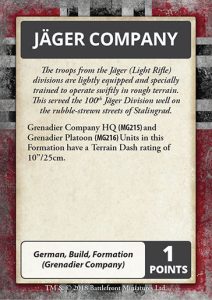
The Jäger Company command card gives your Grenadier HQ and Grenadier Platoon Units a Terrain Dash bonus of +2”/5cm, allowing you to get your combat troops to where they are needed more quickly, especially through a ruined cityscape.
Luftwaffe Field Company
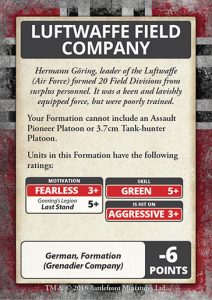
You can field one of Göring’s companies using the Luftwaffe Field Company card. You’ll see a sharp increase in the motivation of your troops but at the cost of training.
Pioneer Company
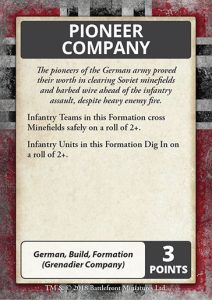
This command card focus more on the operational pioneer units where their job was more about clearing mines and digging in to hold a critical objective.
SS-Grenadier Company
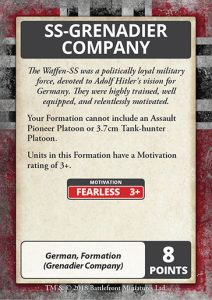
Both the SS and Großdeutschland were well supplied, highly motivated, and considered elite, so the SS-Grenadier Company command card can be used to give both units a solid 3+ Fearless Motivation rating.

If you want to find out more about the cards included in the Iron Cross Command Card Pack you can click here…
~Mike

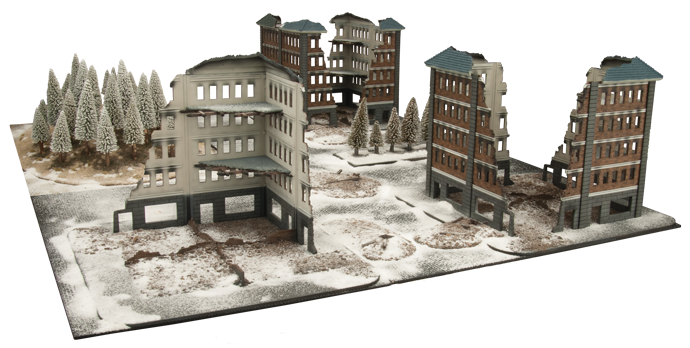
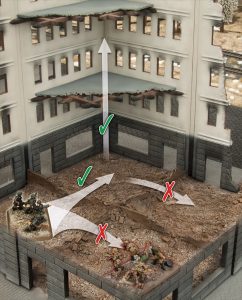
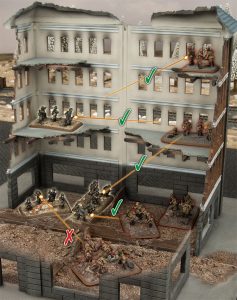

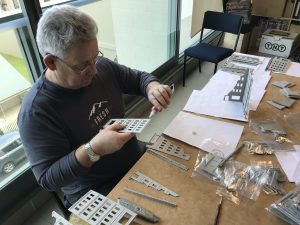
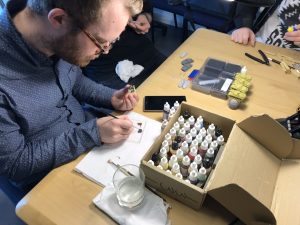
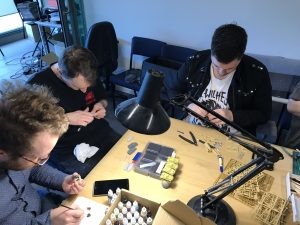
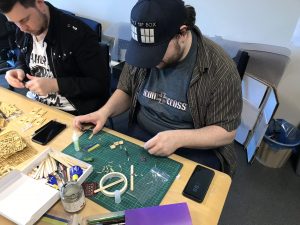
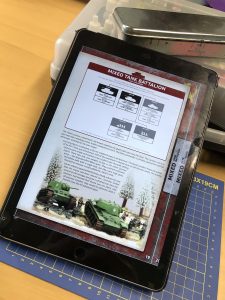
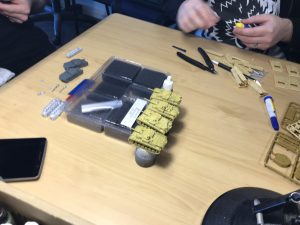
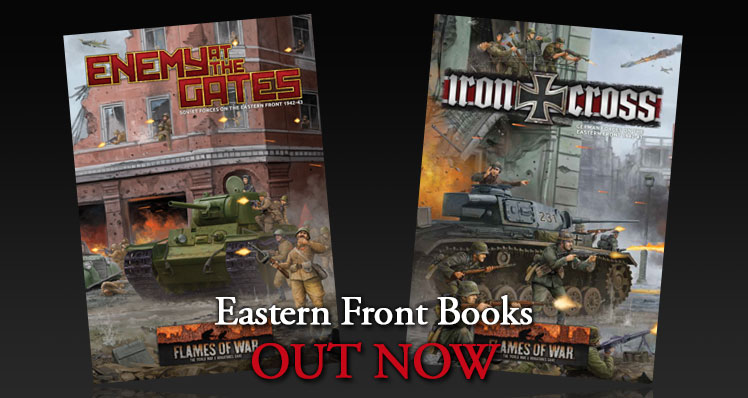
 Hi everyone, welcome to the Eastern Front Mid War Live Launch. The team is gathered together and ready to spend the next two days eating, sleeping and thinking Mid War! Maybe that is a little of an overstatement but we are all pretty excited about what you will find in these two great books, Iron Cross and Enemy at the Gates.
Hi everyone, welcome to the Eastern Front Mid War Live Launch. The team is gathered together and ready to spend the next two days eating, sleeping and thinking Mid War! Maybe that is a little of an overstatement but we are all pretty excited about what you will find in these two great books, Iron Cross and Enemy at the Gates.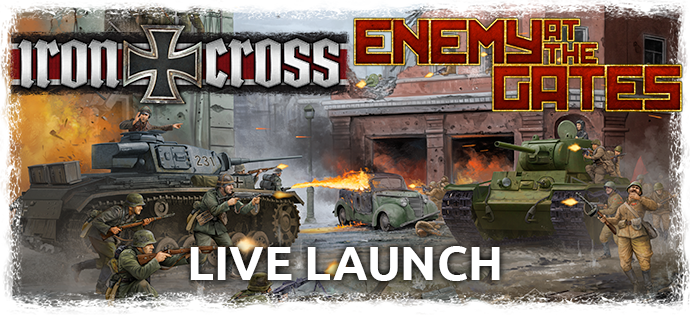
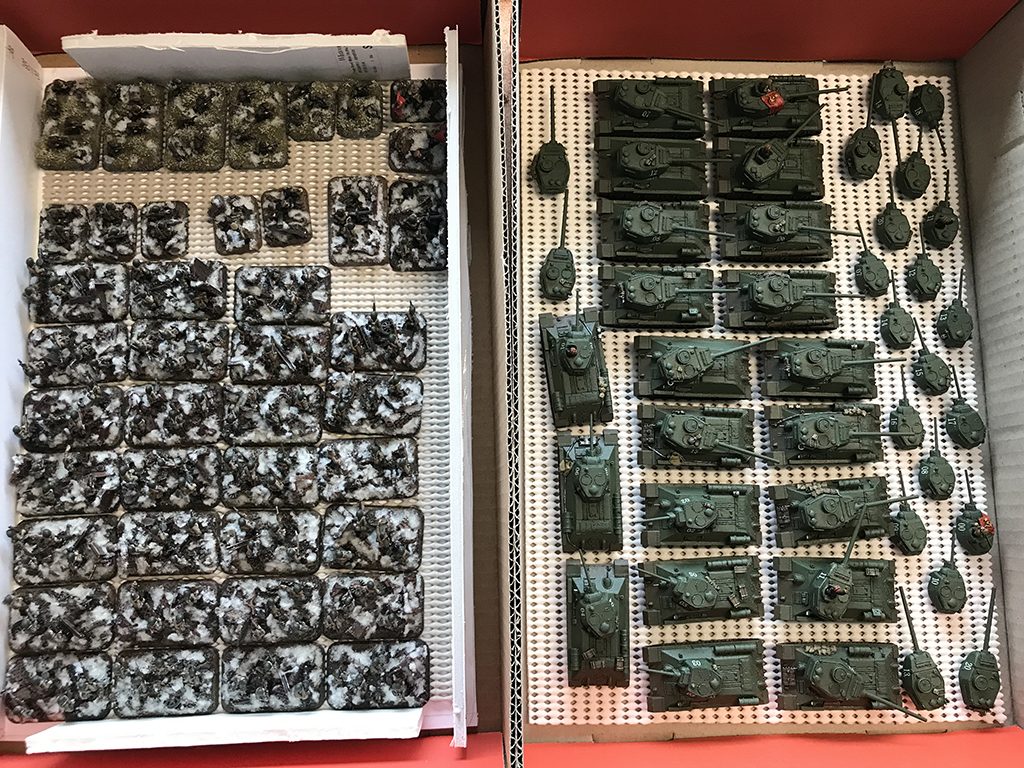
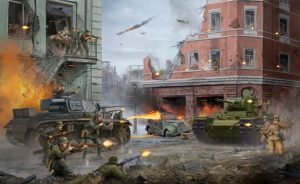 To go with the release of Enemy at the Gates and Iron Cross we will be having another Live Launch Event on the Flames Of War website.
To go with the release of Enemy at the Gates and Iron Cross we will be having another Live Launch Event on the Flames Of War website.